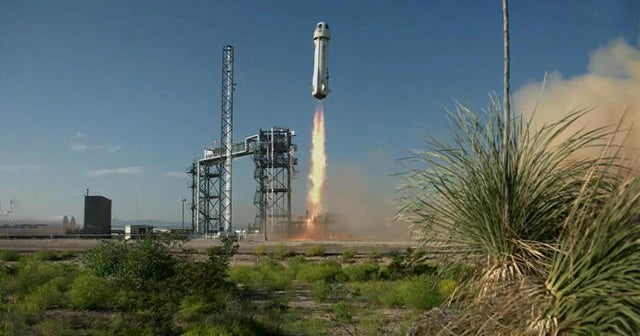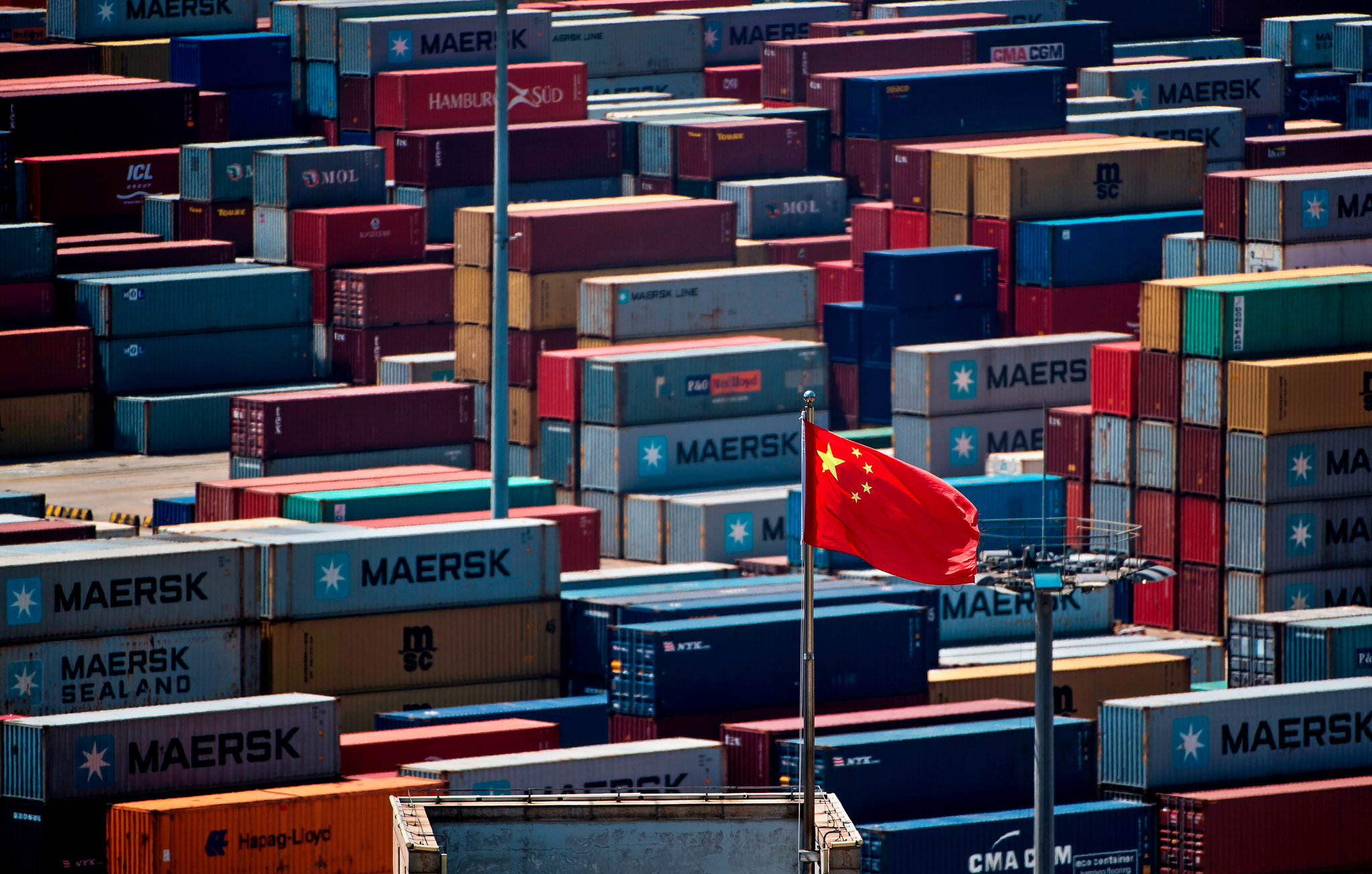Trump-Era Trade Policies: Risks And Realities For American Financial Primacy

Table of Contents
The "America First" Approach and its Impact on Global Trade Relationships
The core of the Trump administration's trade strategy was a staunchly protectionist "America First" approach. This involved aggressive use of tariffs and renegotiation of existing trade agreements, aiming to reshape global trade in favor of the US.
Tariff Wars and Their Economic Consequences
The imposition of tariffs, particularly on goods from China, sparked a series of retaliatory measures, escalating into a global trade war. This had profound economic consequences:
- Agriculture: American farmers, significant exporters of soybeans and other agricultural products, faced substantial losses due to retaliatory tariffs from China and other trading partners.
- Manufacturing: Industries reliant on imported components saw increased production costs, impacting competitiveness and profitability. Steel and aluminum producers, while initially benefiting from tariffs, eventually faced higher costs for raw materials.
- Consumers: Higher prices on imported goods burdened consumers, contributing to inflation.
The administration justified its protectionist measures by citing persistent trade deficits, arguing that they demonstrated unfair trade practices by other nations. However, the resulting trade war inflicted significant harm on American businesses and consumers, undermining the very goal of bolstering American economic strength. Data from the Peterson Institute for International Economics showed a significant negative impact on US GDP growth as a result of these tariff wars.
Renegotiation of Trade Agreements (NAFTA, etc.)
A key element of the Trump administration’s trade policy was the renegotiation of NAFTA, resulting in the United States-Mexico-Canada Agreement (USMCA). While presented as a victory for American workers, the USMCA introduced several changes with potentially long-term implications:
- Increased rules of origin for automobiles aimed at boosting North American production but potentially leading to higher vehicle prices.
- Enhanced intellectual property protection, benefiting US companies but potentially limiting access to affordable medicines in partner countries.
- Dispute resolution mechanisms were altered, raising concerns about the enforceability of the agreement.
The political motivations behind the renegotiation were complex, encompassing concerns about job losses and the perceived unfairness of the original NAFTA. However, the impact on supply chains and foreign investment remains a subject of ongoing scrutiny. The long-term effects of these changes on the competitiveness of North American industries are yet to be fully realized.
Short-Term Gains vs. Long-Term Risks to Financial Primacy
The Trump administration's trade policies yielded some short-term benefits, but these came at the expense of long-term risks to US financial primacy.
Short-term economic impacts of protectionist measures
- Increased domestic production: Certain sectors, such as steel and aluminum, experienced short-term increases in domestic production due to tariffs.
- Job creation (limited): While some jobs were created in protected sectors, this was often offset by job losses in export-oriented industries facing retaliatory tariffs.
- Consumer prices increased: Higher tariffs led to increased prices for consumers on a range of goods.
Long-term risks to US economic leadership
- Damage to international trade cooperation: The aggressive protectionist stance damaged trust and cooperation within the global trading system, jeopardizing future multilateral trade agreements.
- Reduced foreign investment: Uncertainty and unpredictability surrounding US trade policy discouraged foreign investment, slowing economic growth.
- Negative effects on innovation: Reduced competition due to protectionist measures can stifle innovation and productivity growth in the long run.
- Impact on the US dollar: The trade wars and uncertainty surrounding US policy contributed to concerns about the long-term stability of the US dollar as the world’s reserve currency.
Alternative Perspectives and Policy Implications
The Trump-era trade policies generated a wide range of opinions.
Arguments for and against Trump-era trade policies
Proponents argued that the policies were necessary to address unfair trade practices and protect American jobs. Critics, however, contended that the policies were counterproductive, leading to higher prices, reduced economic growth, and damage to international relations. Economists presented diverse models and data to support their conflicting views, highlighting the complexity of the issue.
Lessons Learned and Future Trade Policy Directions
The Trump-era experience offers crucial lessons for future US trade policy:
- The importance of multilateralism and cooperation in addressing global trade challenges.
- The need for a balanced approach that considers both the interests of domestic industries and the benefits of open markets.
- The risks of protectionist measures in triggering retaliatory actions and harming overall economic growth.
Future US trade policy should aim to promote economic growth while fostering greater global cooperation and stability. This requires navigating a complex landscape where national interests must be balanced with the need for a robust and interconnected global economy.
Conclusion: Assessing the Legacy of Trump-Era Trade Policies on American Financial Primacy
In conclusion, the Trump-era trade policies presented a mixed bag. While some sectors experienced short-term gains, the long-term risks to American financial primacy are substantial. The damage to international trade relationships, the chilling effect on foreign investment, and the potential for reduced innovation all cast a shadow over the legacy of these policies. The debate continues about the lasting impact on US economic leadership. To fully understand the consequences of these policies and to inform future trade strategies, further research into the economic and geopolitical implications of Trump-era trade policies and their impact on American financial primacy is essential. Explore resources from reputable economic institutions and academic journals to gain a comprehensive perspective on this pivotal period in US trade history.

Featured Posts
-
 Technical Glitch Forces Blue Origin To Postpone Rocket Launch
Apr 22, 2025
Technical Glitch Forces Blue Origin To Postpone Rocket Launch
Apr 22, 2025 -
 Open Ai Unveils Simplified Voice Assistant Development
Apr 22, 2025
Open Ai Unveils Simplified Voice Assistant Development
Apr 22, 2025 -
 Months Long Lingering Of Toxic Chemicals After Ohio Train Derailment
Apr 22, 2025
Months Long Lingering Of Toxic Chemicals After Ohio Train Derailment
Apr 22, 2025 -
 How Tariffs Threaten Chinas Export Led Growth Model
Apr 22, 2025
How Tariffs Threaten Chinas Export Led Growth Model
Apr 22, 2025 -
 Assessing The Pan Nordic Force The Synergies Between Swedish Tanks And Finnish Troops
Apr 22, 2025
Assessing The Pan Nordic Force The Synergies Between Swedish Tanks And Finnish Troops
Apr 22, 2025
